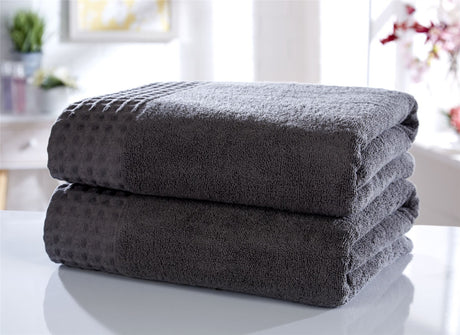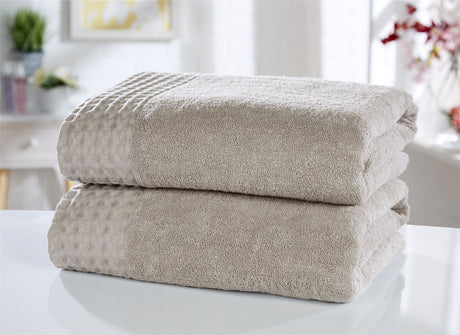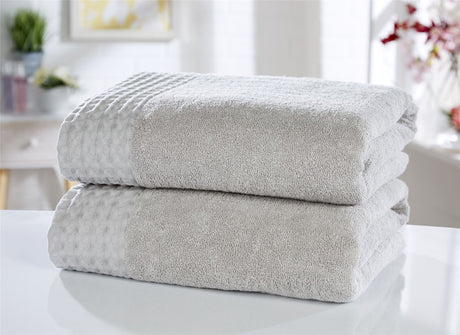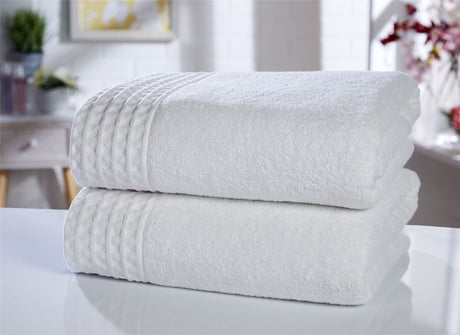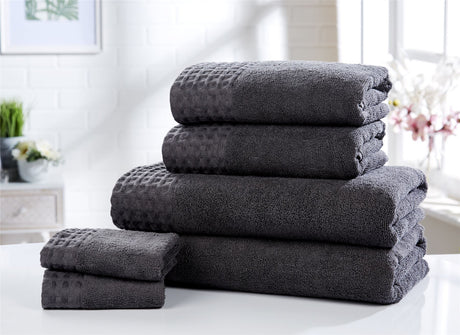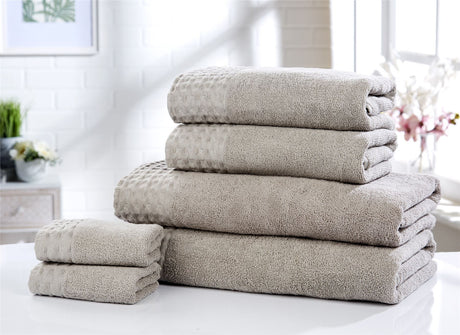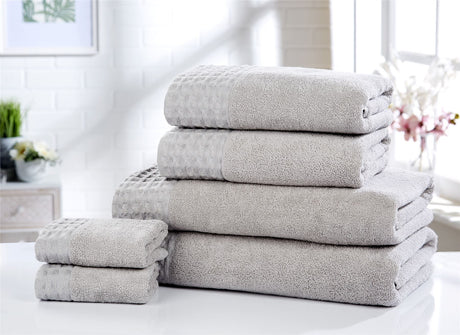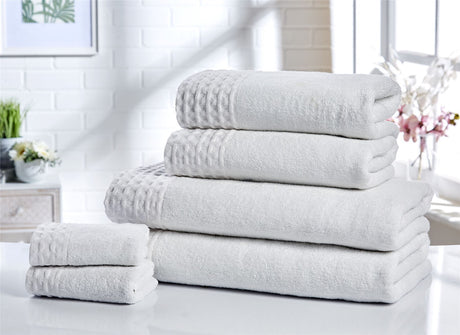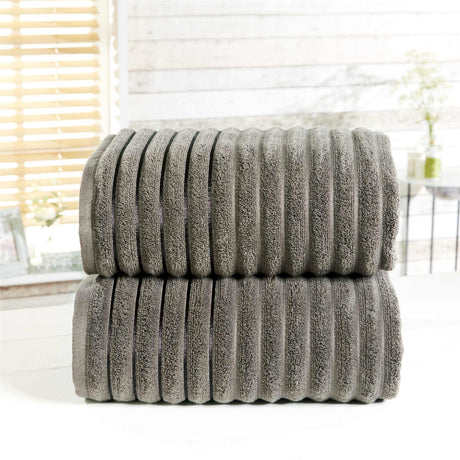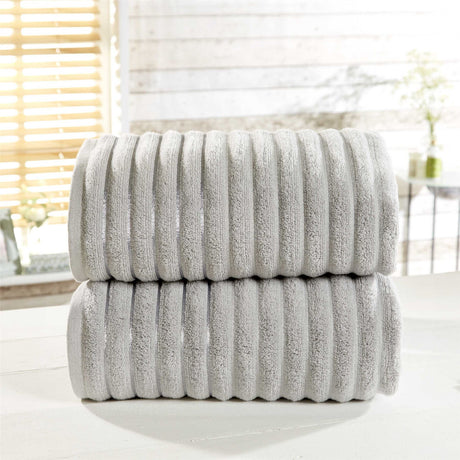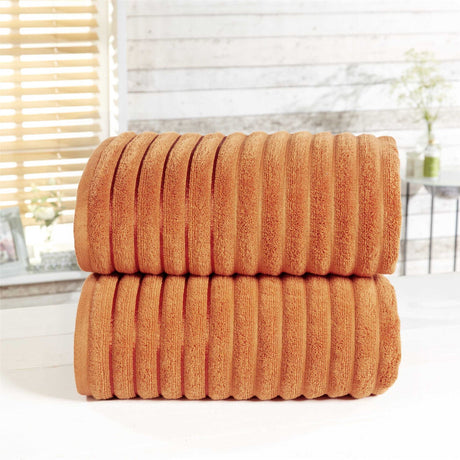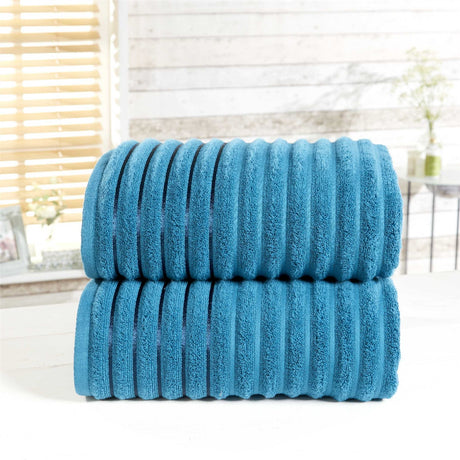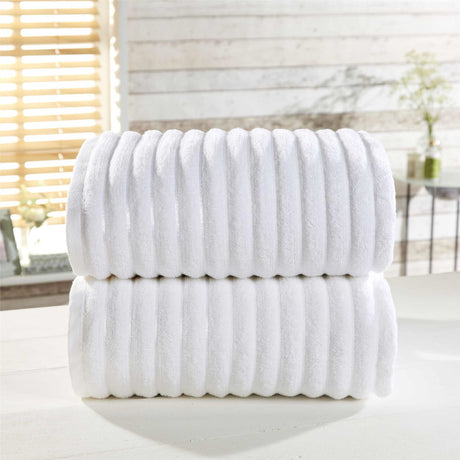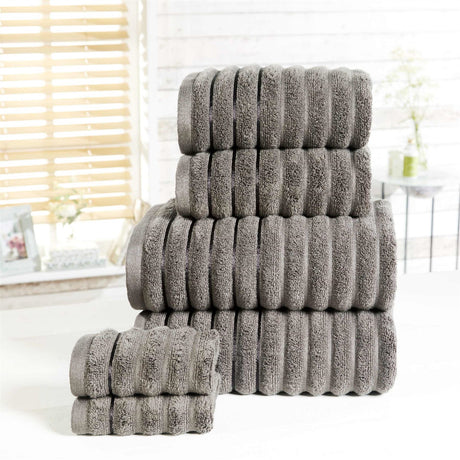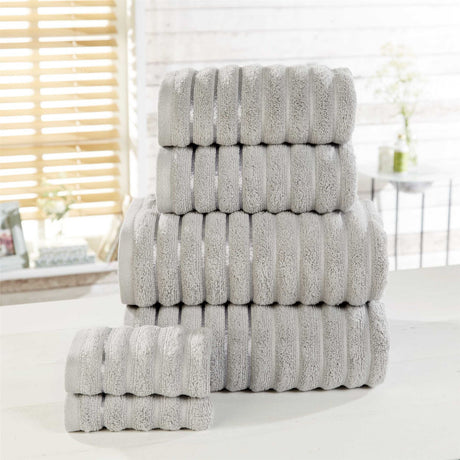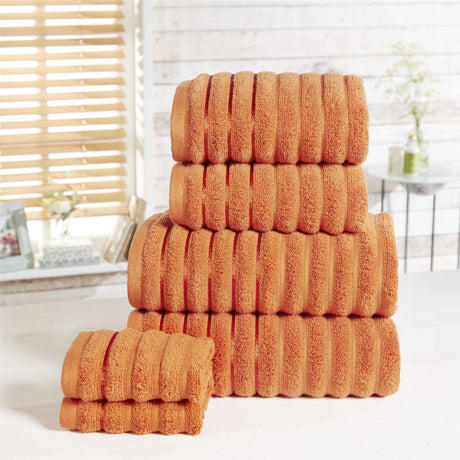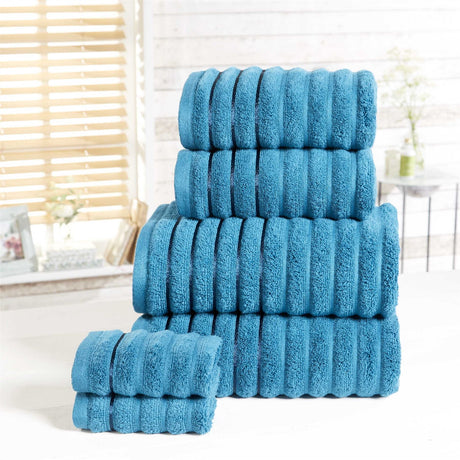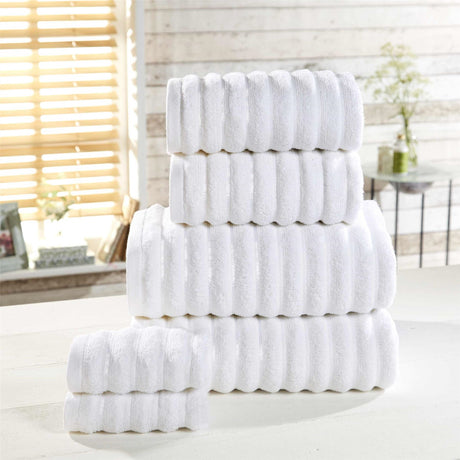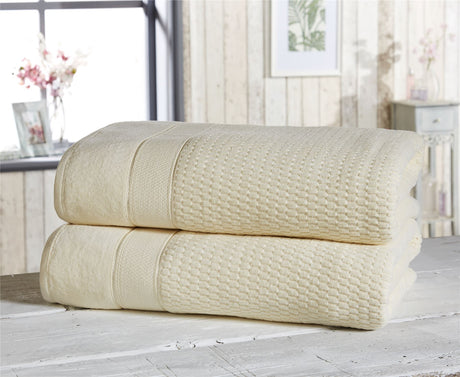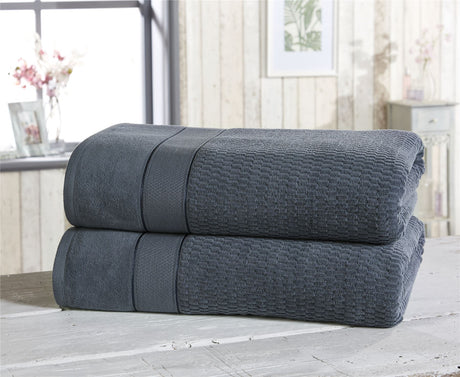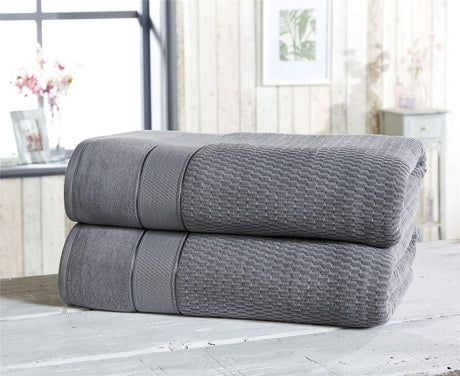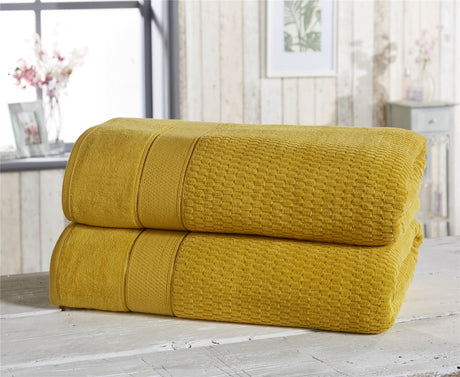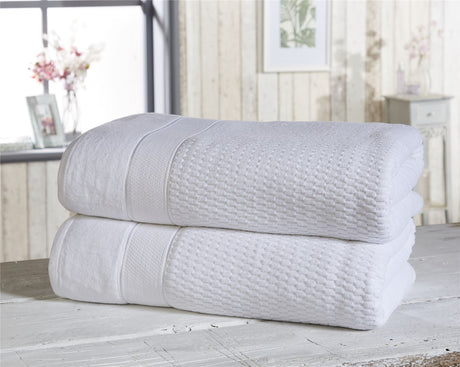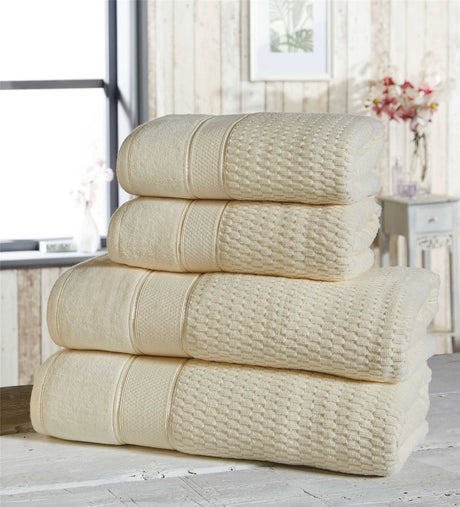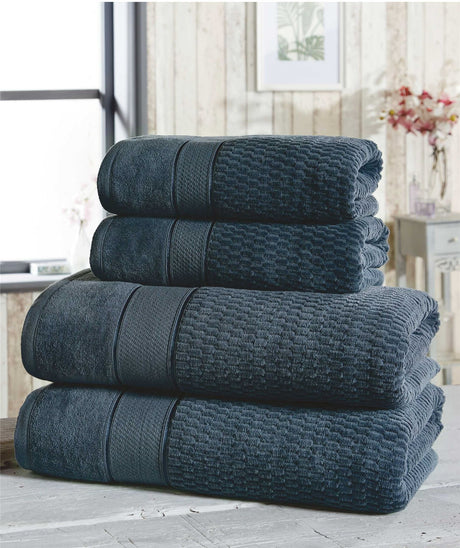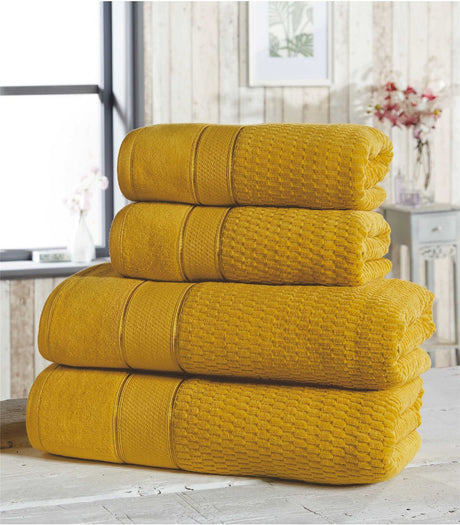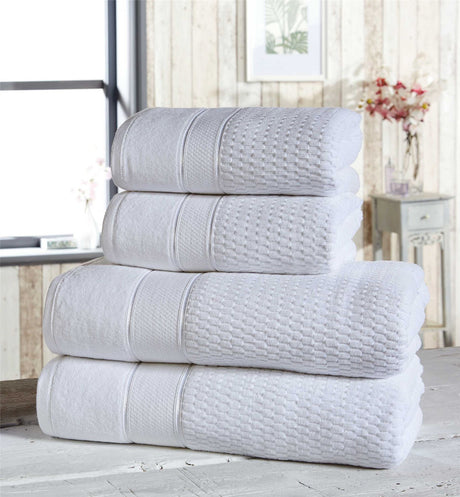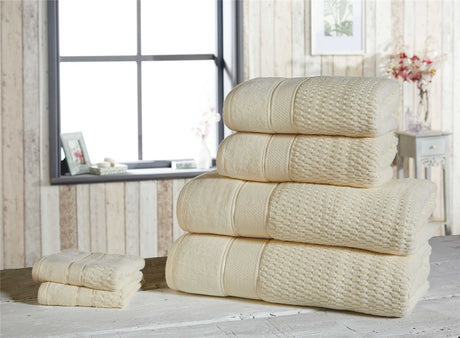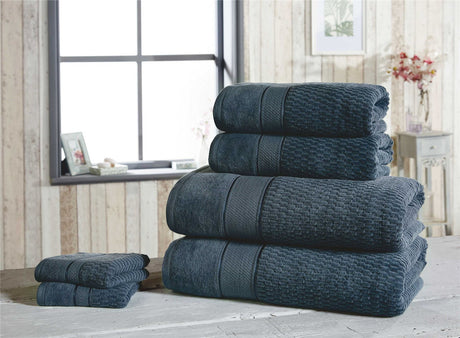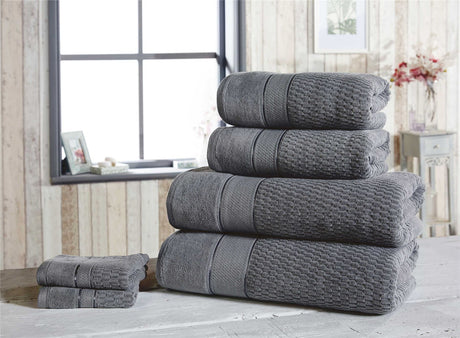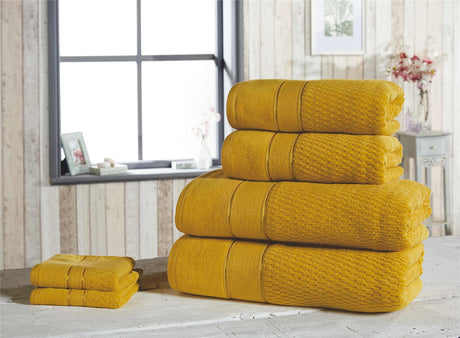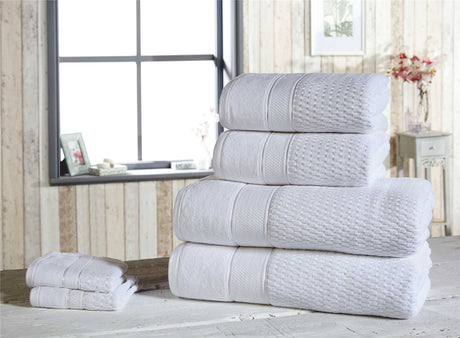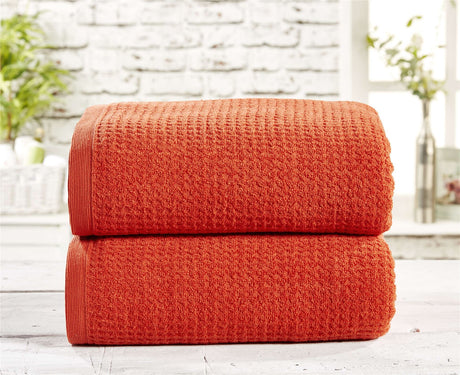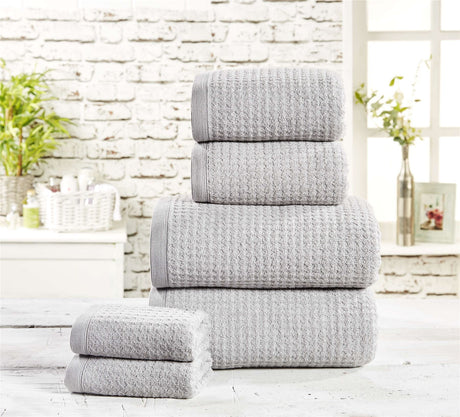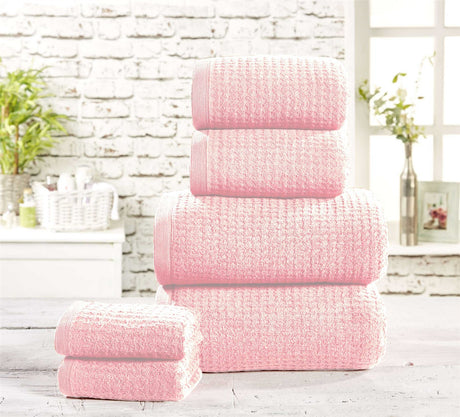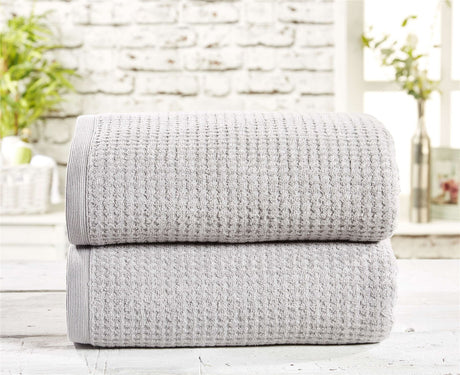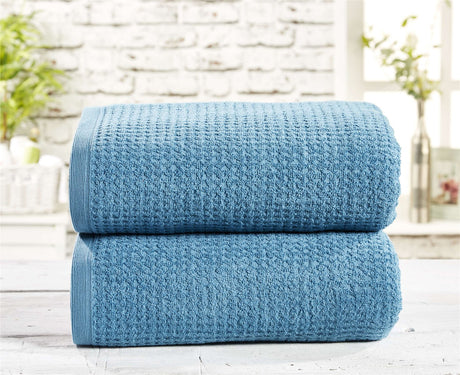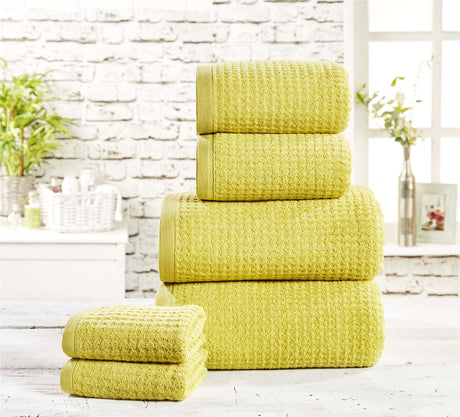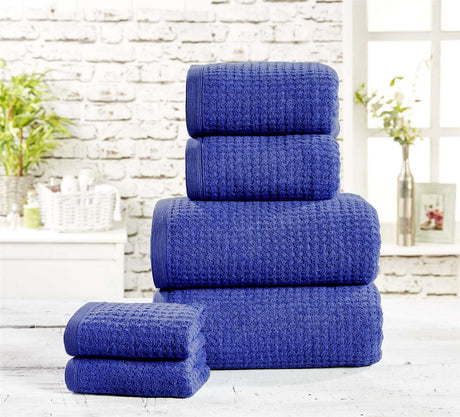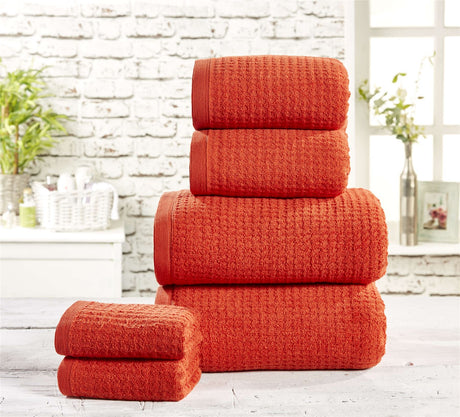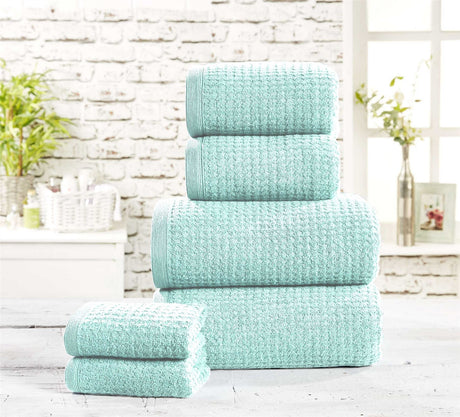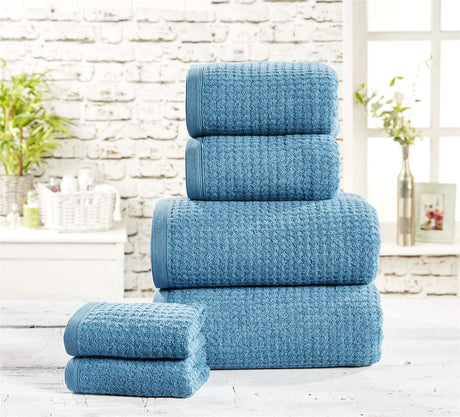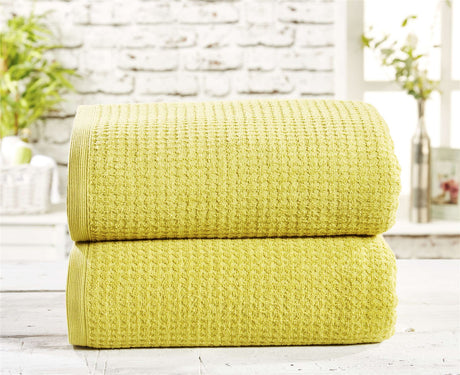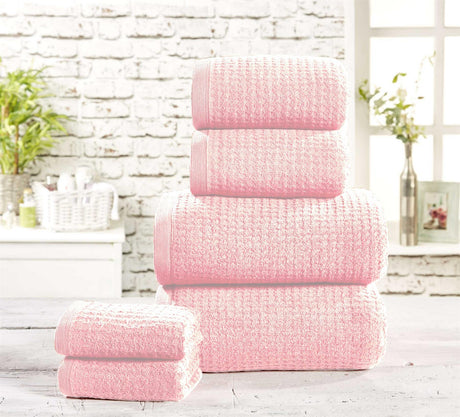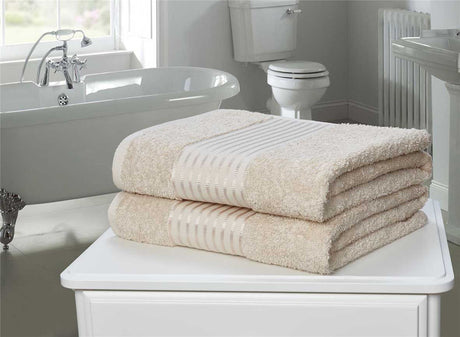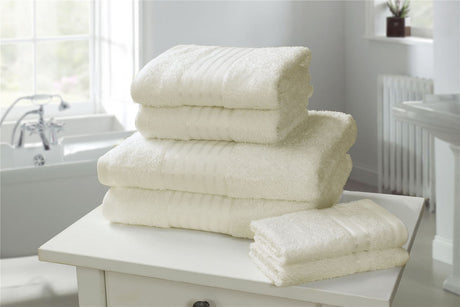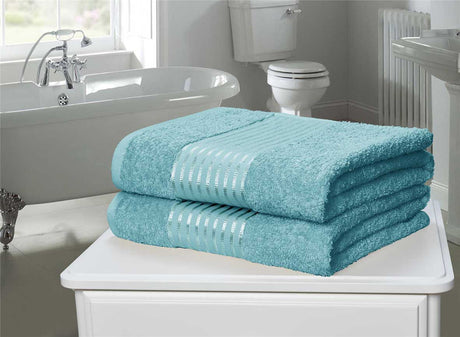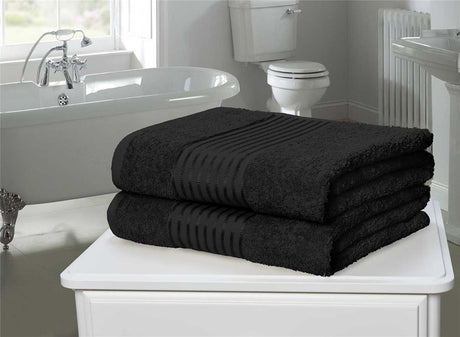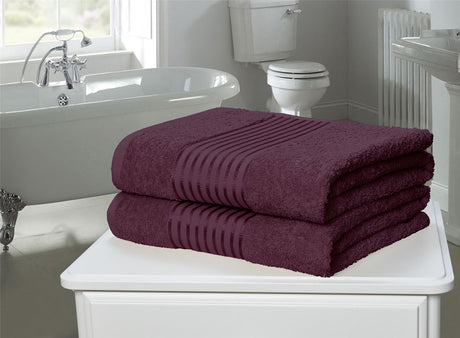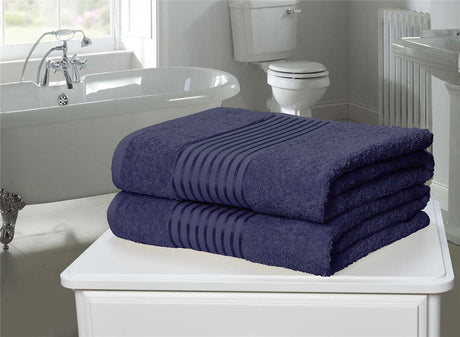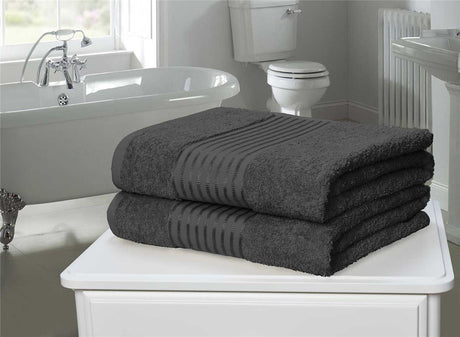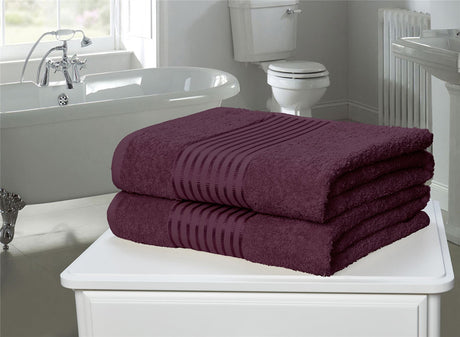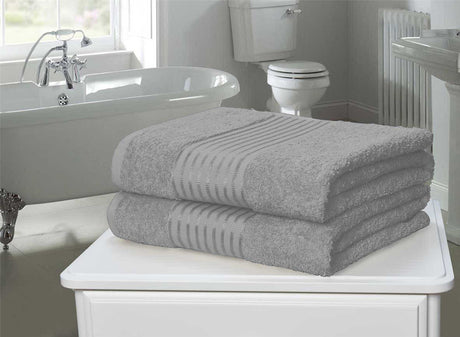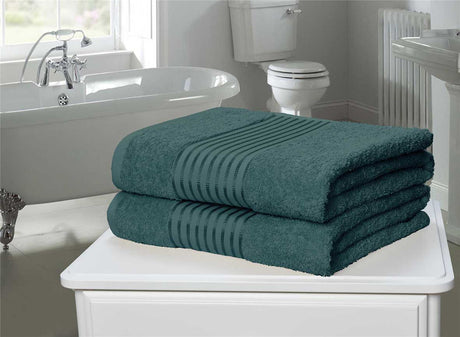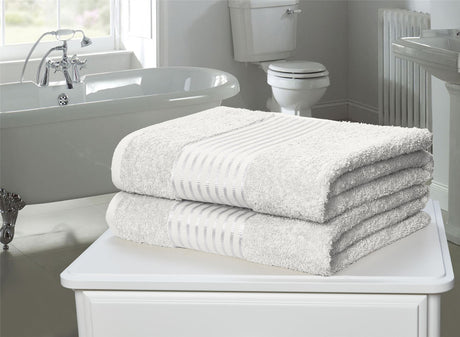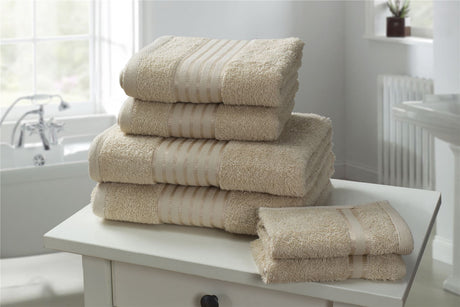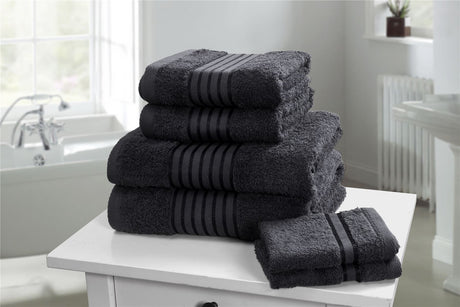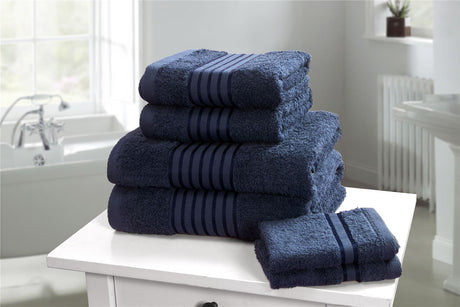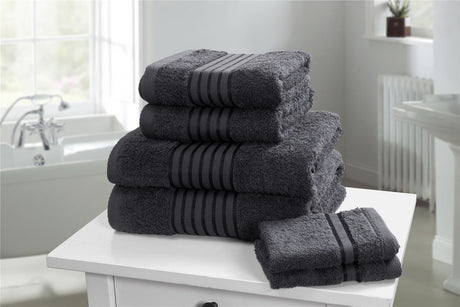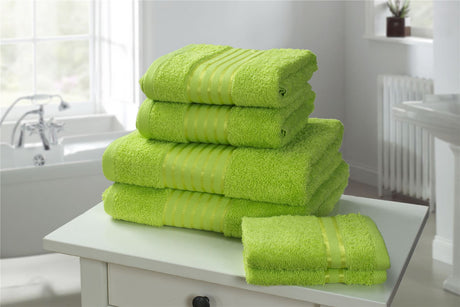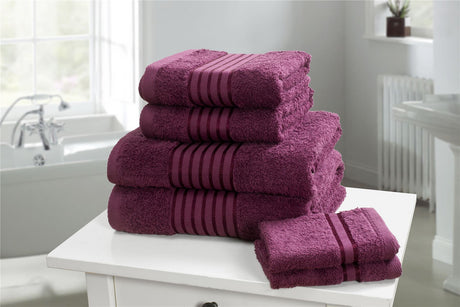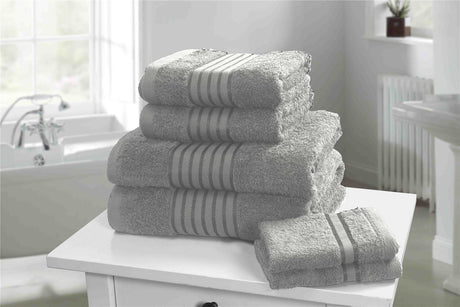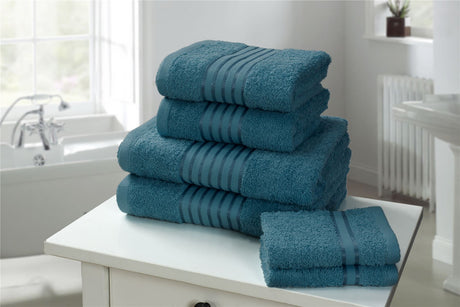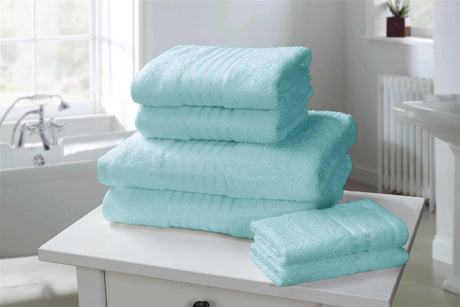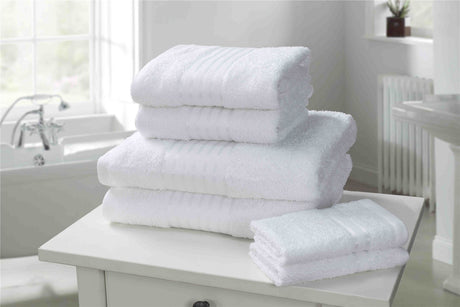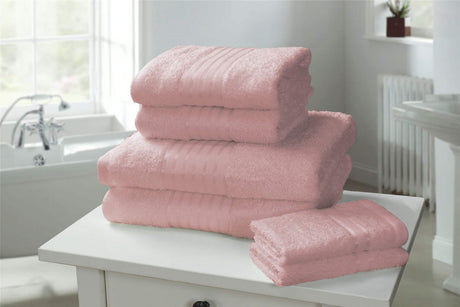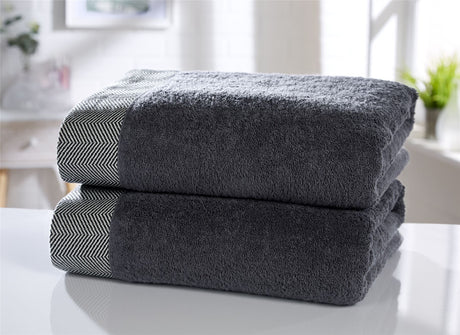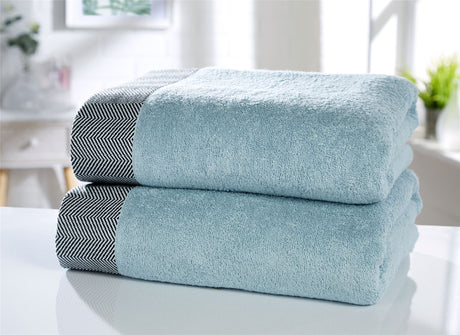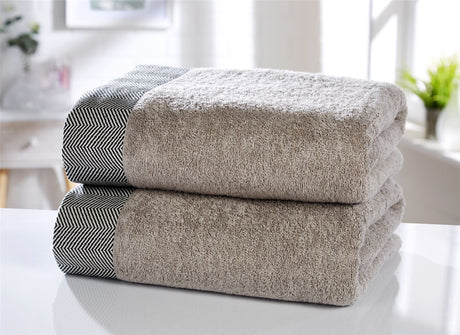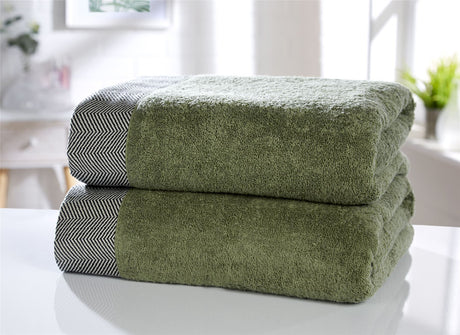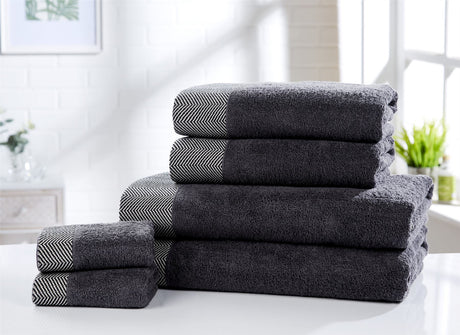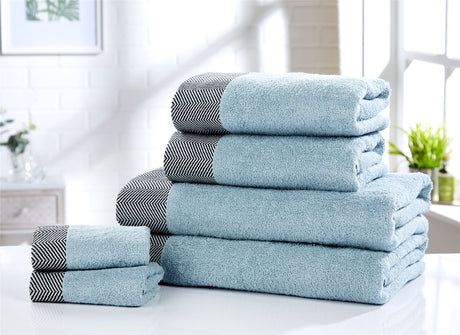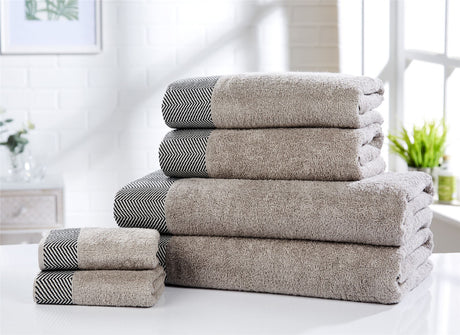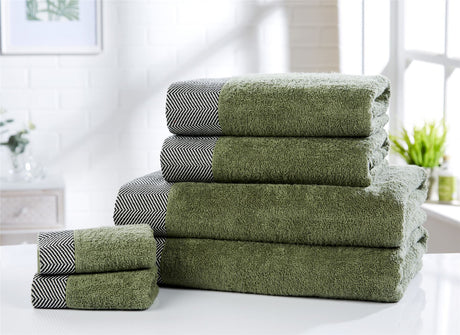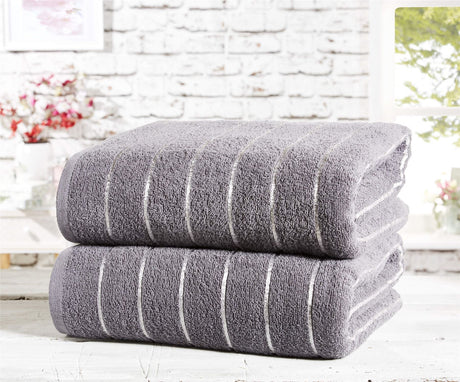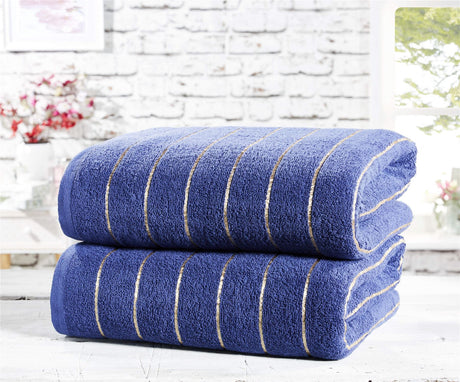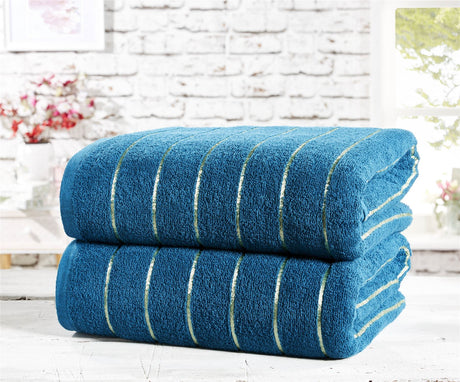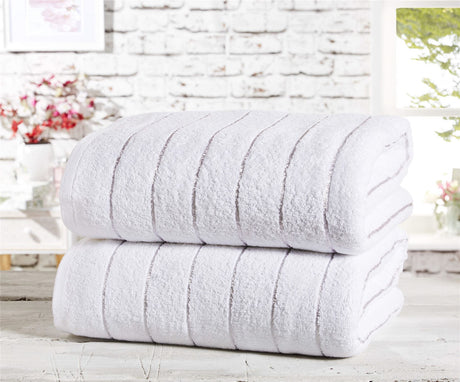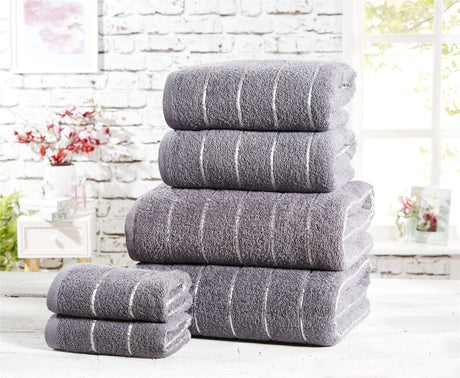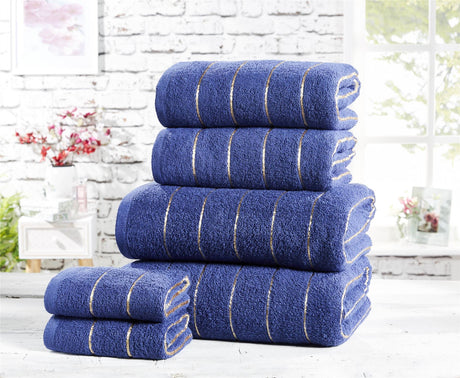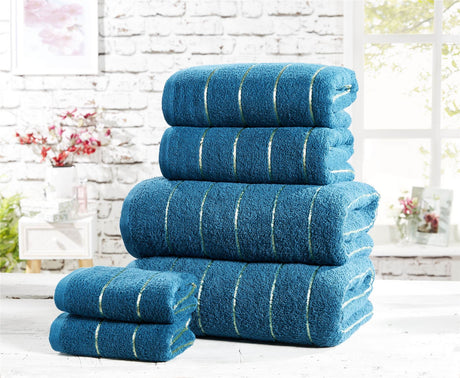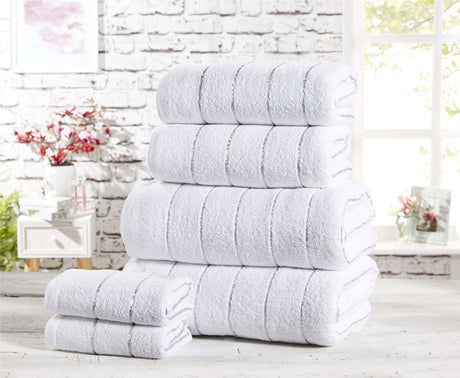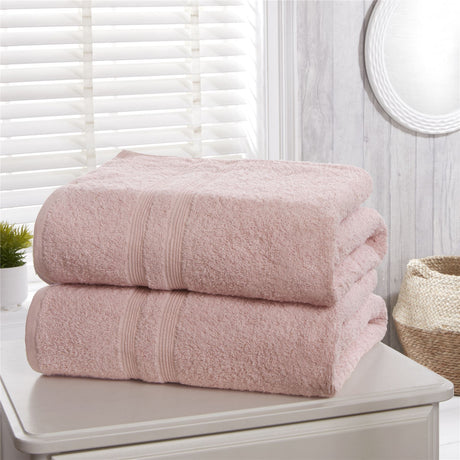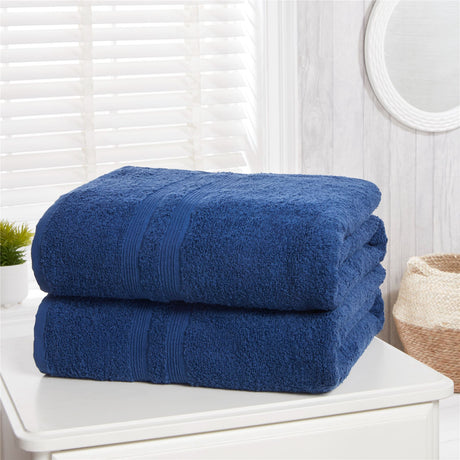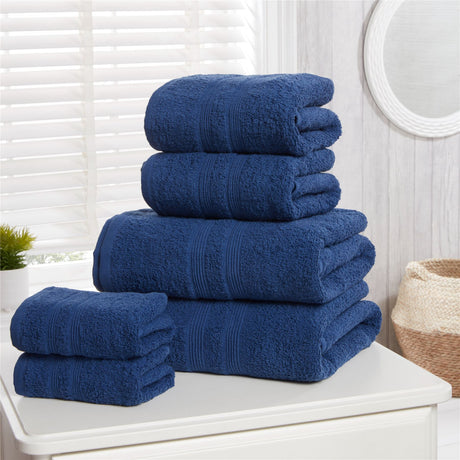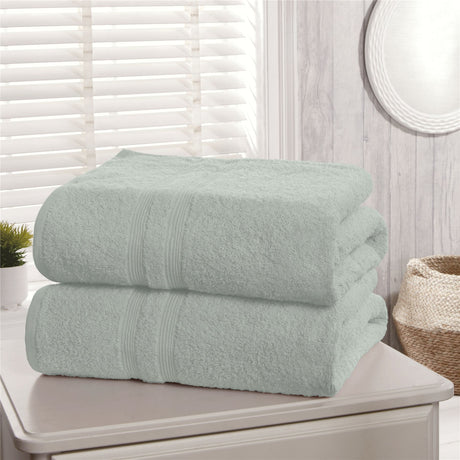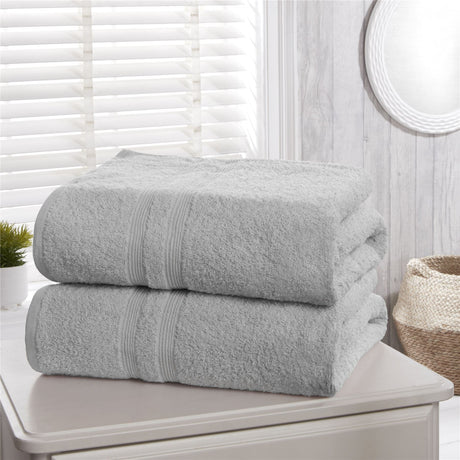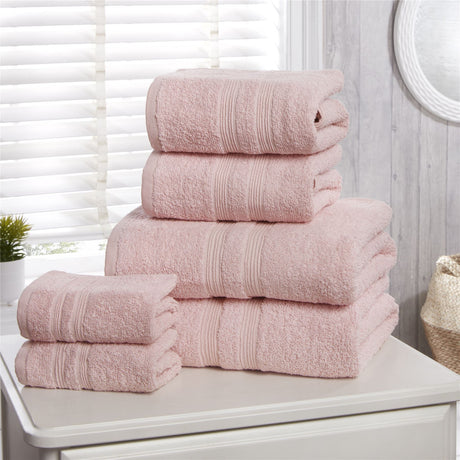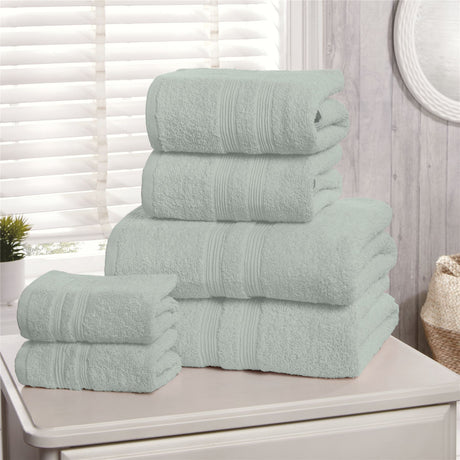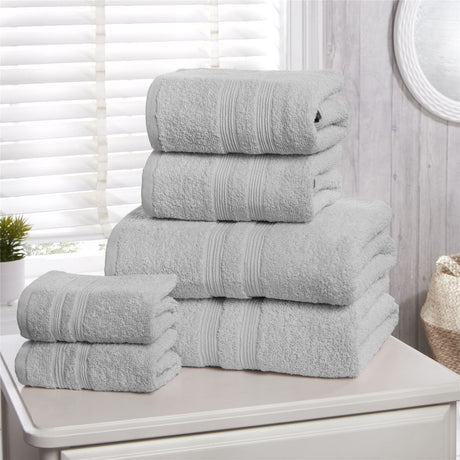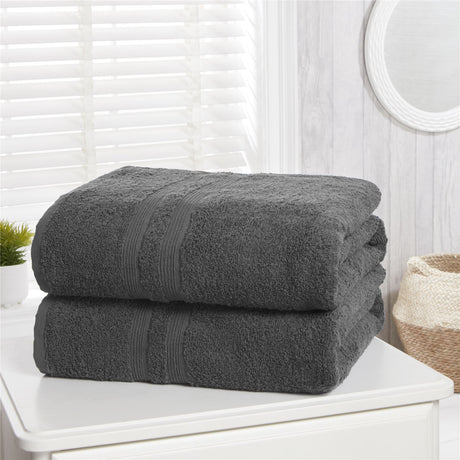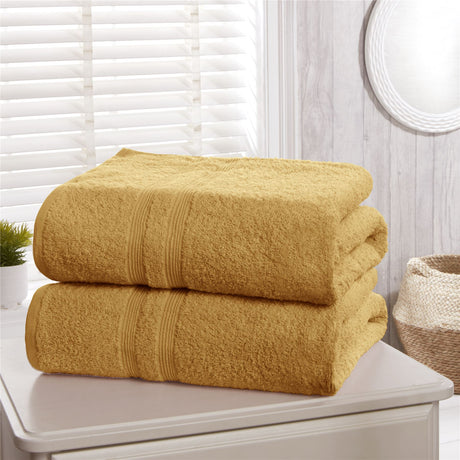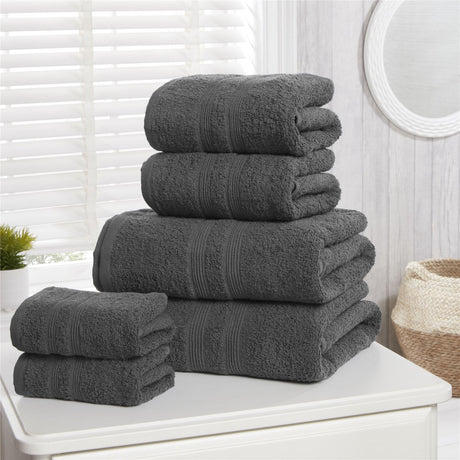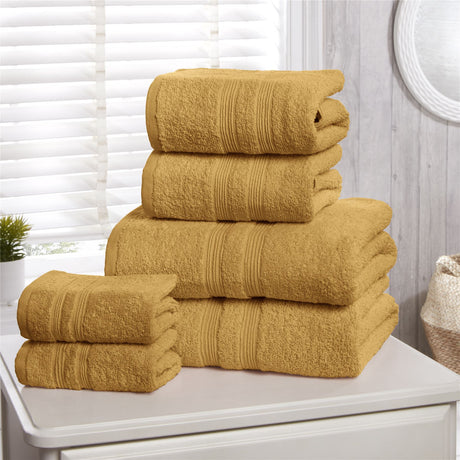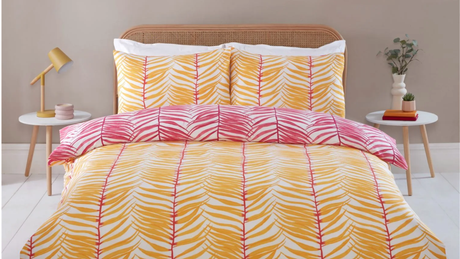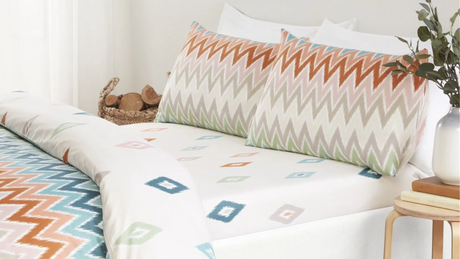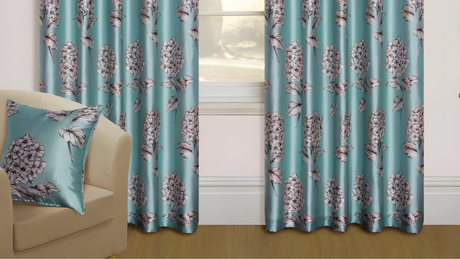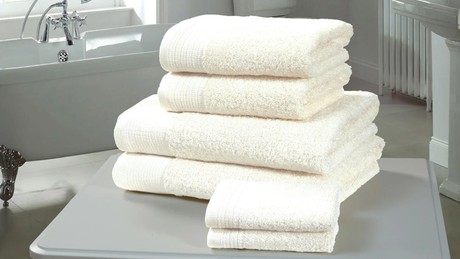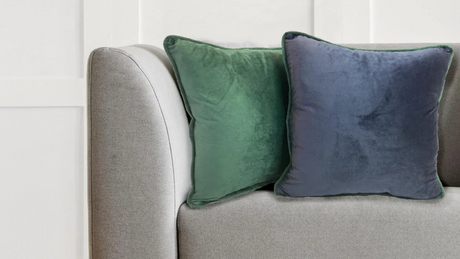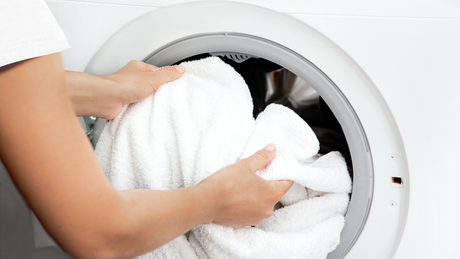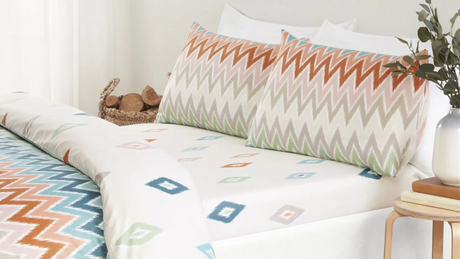An introductory guide to the lifespan of your towels.
Towels are an integral part of our daily routine, offering us comfort and aiding in maintaining hygiene. However, like all household items, they come with a lifespan that, if extended beyond its limit, can compromise their effectiveness and cleanliness. Knowing when to replace your towels can ensure you enjoy both their comfort and utility to the fullest.
In this guide, we will explore the recommended frequency for replacing towels and highlight the signs that suggest it’s time for a new set. Whether it’s for your personal use or for guests, keeping your towels fresh is a simple way to enhance your home environment.
Join us as we discuss how often to replace towels, ensuring both your comfort and hygiene are never compromised. With a few practical tips, you’ll be able to maintain a healthy and cozy home atmosphere effortlessly.
Factors Affecting Towel Lifespan
Material and Quality
Material composition is a critical factor in determining the lifespan of a towel. Towels made from high-quality materials such as Egyptian or Turkish cotton are renowned for their durability and softness, often retaining their plush feel even after numerous washes. These materials have long fibers that contribute to the strength and absorbency of the towel, ensuring they remain effective over time. On the other hand, towels made from lower-quality synthetic blends may not offer the same longevity, as their fibers can break down more quickly with frequent use and laundering. The choice of material can significantly impact how long a towel remains serviceable and comfortable.
Quality is equally important and encompasses the weave, thickness, and overall craftsmanship of the towel. A tightly woven, thicker towel typically withstands wear and tear better than a loosely woven, thinner alternative. The density and quality of the weave can affect not just the lifespan but also the absorbency and drying time of the towel. Moreover, well-crafted edges and seams contribute to a towel’s durability, as these areas are often the first to show signs of fraying and wear. Investing in towels that demonstrate high standards of quality in these aspects can reduce the frequency with which you need to replace them, maximizing their lifespan and performance.
Furthermore, how well a towel maintains its quality over time can also be influenced by proper care and maintenance. Following the manufacturer’s care instructions, such as washing at recommended temperatures and avoiding harsh detergents, can preserve the integrity of both the material and the weave. Regular care not only extends the functional life of the towel but also maintains its aesthetic appeal, ensuring it remains a beneficial part of your daily routine. Understanding the interplay between material and quality can help in selecting towels that offer both longevity and value, ultimately affecting how often replacements are necessary.
Usage Frequency
Usage frequency plays a critical role in determining how long your towels will last. The more often a towel is used, the quicker it will wear out. Towels that are in constant rotation will naturally endure more washing cycles, leading to a quicker breakdown of fibers. Over time, the fibers in the towel will start to lose their absorbency and softness, making them less effective and comfortable to use. For this reason, it is essential to consider how frequently each towel is being utilized and rotated within your household.
In high-traffic environments, such as busy households or gyms, towels are often used multiple times a day. This increased usage accelerates wear and tear, necessitating more frequent replacements to maintain hygiene and effectiveness. Conversely, towels that are used sparingly will maintain their quality for a longer period. To extend the lifespan of towels, it’s advisable to have a sufficient number of towels available so that each one can be rotated and not overused. By doing so, you not only increase the longevity of the towels but also enhance their performance over time.
Another factor to consider is how usage patterns change over time. During certain periods, such as summer or after engaging in sports activities, towels may be used more frequently due to increased sweating and showering. Adjusting your towel rotation strategy according to seasonal or lifestyle changes can help optimize their lifespan. Regularly assessing how each towel is holding up and watching for signs of wear can inform you of when it might be time to replace them, thus ensuring you always have fresh and effective towels at hand.

Recommended Replacement Timeline
Bath Towels
Bath towels experience a lot of use, and over time, they can become less effective at drying and more prone to harboring bacteria, mold, and mildew. To maintain hygiene and ensure optimal performance, it is generally recommended to replace your bath towels every two to three years. Regular use, combined with frequent washing, gradually reduces the towel’s absorbency and softness, which are critical features for comfort and functionality.
Signs that it may be time to replace your towels include a lingering musty smell, even after washing, or a noticeable decrease in absorbency. Additionally, if your towels start to feel rough or exhibit signs of wear and tear, such as fraying edges or thinning fabric, these are clear indicators that they are past their prime. While it might be tempting to hold onto them a little longer, for both hygiene and comfort reasons, replacing them is the best option.
To extend the lifespan of your towels, consider adopting proper maintenance practices. Wash your towels in warm water with a mild detergent, avoiding excessive use of fabric softeners, which can leave a residue that diminishes absorbency. Ensure they are thoroughly dried before folding and storing them, as damp towels can quickly develop odors and encourage bacterial growth. By taking these steps, you can enjoy fresh, fluffy towels for the duration of their recommended lifespan.
Hand Towels
When considering the lifespan and replacement timeline for hand towels, it's essential to balance hygiene, durability, and usage frequency. Hand towels are used more often than bath towels due to their role in drying hands multiple times a day, especially in shared environments like family bathrooms or guest restrooms. This frequent use increases the wear and tear on hand towels, making regular replacement crucial for maintaining cleanliness and functionality. On average, it's advisable to replace hand towels every one to two years, but several factors could necessitate more frequent changes.
One of the primary indicators that it's time to replace your hand towels is the appearance of persistent stains or a noticeable decrease in absorbency. Over time, repeated washing and exposure to dirt and oils can leave even the highest quality towels looking dingy and feeling less effective at drying. If your hand towels start to feel rough, scratchy, or fail to absorb water efficiently, these are signs that their fibers are breaking down, and replacement is likely necessary. Additionally, if you notice musty odors that persist even after laundering, it may indicate that bacteria or mold has started to grow in the towel's fibers, which is a definite signal to procure new ones.
Another consideration for determining when to replace hand towels is the general turnover of your home's linen collection. Incorporating a system where hand towels are replaced regularly as part of your annual household update can ensure that you are maintaining a clean and hygienic environment. Keeping an eye on sales or purchasing high-quality towels during off-seasons can make this process more economical. By being proactive about replacing your towels, you ensure that your home remains welcoming and your hygiene standards uncompromised.
Signs It’s Time for a Replacement
Fraying Edges
Over time, even the most luxurious towels will begin to show signs of wear and tear, a natural consequence of regular use and washing. One of the most noticeable indicators that your towel has served its time is fraying edges. This is when the stitching that keeps the towel’s fabric intact starts to unravel, leaving the borders of the towel looking ragged and worn out. While the core of the towel might still be absorbent, a fraying edge can diminish its functionality and aesthetic appeal, making it less effective for everyday use.
The appearance of fraying edges is more than just a cosmetic issue; it can also signal weakened structural integrity. As the threads at the edges come loose, they can continue to unravel with each wash, leading to an accelerated decline in the towel’s condition. This can result in the towel losing its shape, becoming uneven, and even developing holes if left unchecked. Moreover, frayed edges can lead to lint and loose fibers, which may stick to your skin or clothes, further indicating that it’s time for a replacement.
Beyond aesthetics and function, fraying edges can also affect hygiene. Towels with compromised edges may harbor bacteria more easily, as their fibers become more exposed and difficult to clean thoroughly. This increased risk of bacterial buildup can potentially pose health risks, especially if the towels are being used by multiple people. Therefore, once you notice your towels starting to fray, it’s prudent to consider replacing them to maintain both the practical benefits of a good towel and to ensure a hygienic household environment.
Persistent Odors
One of the most unmistakable signs that it is time to replace your towels is the presence of persistent odors. Despite regular washing, towels that have been in use for an extended period can develop a noticeable smell that no amount of laundering seems to eradicate. This odor is often caused by a build-up of mildew, bacteria, and detergent residues. Over time, these elements seep deep into the fibers, making it increasingly difficult to eliminate the smell entirely. If your towels emit an unpleasant odor shortly after use or even when they are dry, it is a clear indication that they have reached the end of their useful life.
Persistent odors are not just unpleasant; they can also be a sign that your towels are no longer hygienic. The retained moisture from frequent use provides an ideal environment for bacteria and mold growth, which could potentially lead to skin irritations or other health issues. Even if a towel looks clean, if it smells musty or sour, it may be harboring microorganisms that thrive in damp environments. Regular washing with hot water and white vinegar might temporarily alleviate the odor, but if the smell returns quickly, it is advisable to consider replacing your towels to ensure they remain a fresh and safe part of your hygiene routine.
In addition to hygiene concerns, the persistent odor in towels can also be an indicator of wear and tear that affects their functionality. As towels age, their fibers become less absorbent, reducing their effectiveness in drying. This not only leaves you feeling less dry but also contributes to the towels retaining more moisture, further exacerbating the odor issue. When towels are no longer performing their primary function efficiently and emit a constant unpleasant smell, it is a practical decision to invest in new ones. Fresh towels will not only enhance your comfort but also contribute to a healthier and more pleasant post-bath experience.

Conclusion: Maintaining Freshness with Timely Towel Replacement
Understanding how often to replace towels is crucial for ensuring both hygiene and comfort in your home. Regularly assessing the condition of your towels can help you determine when it's time for a change. Pay attention to signs such as persistent odors, reduced absorbency, or visible wear and tear.
By following the recommended guidelines for towel replacement, you can maintain the quality and cleanliness of your linens. Fresh towels not only provide a better user experience but also contribute to the overall health of your household environment.
Remember, investing in new towels is an investment in your home’s comfort and hygiene. By keeping your towels in good condition and replacing them when needed, you ensure that your home remains a happy and healthy space.

